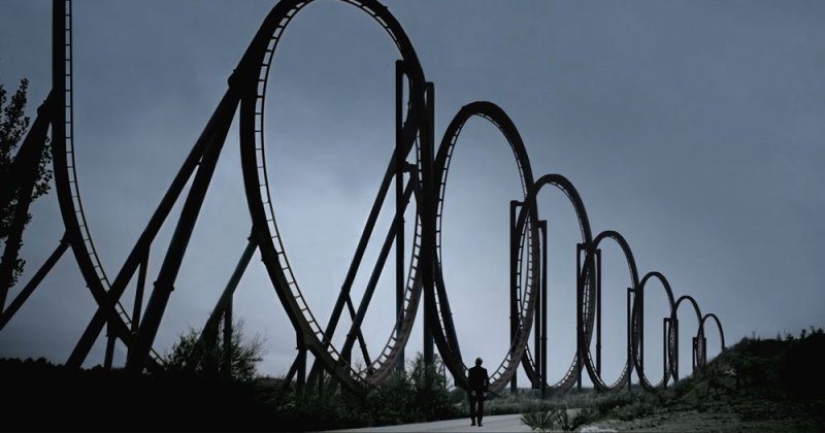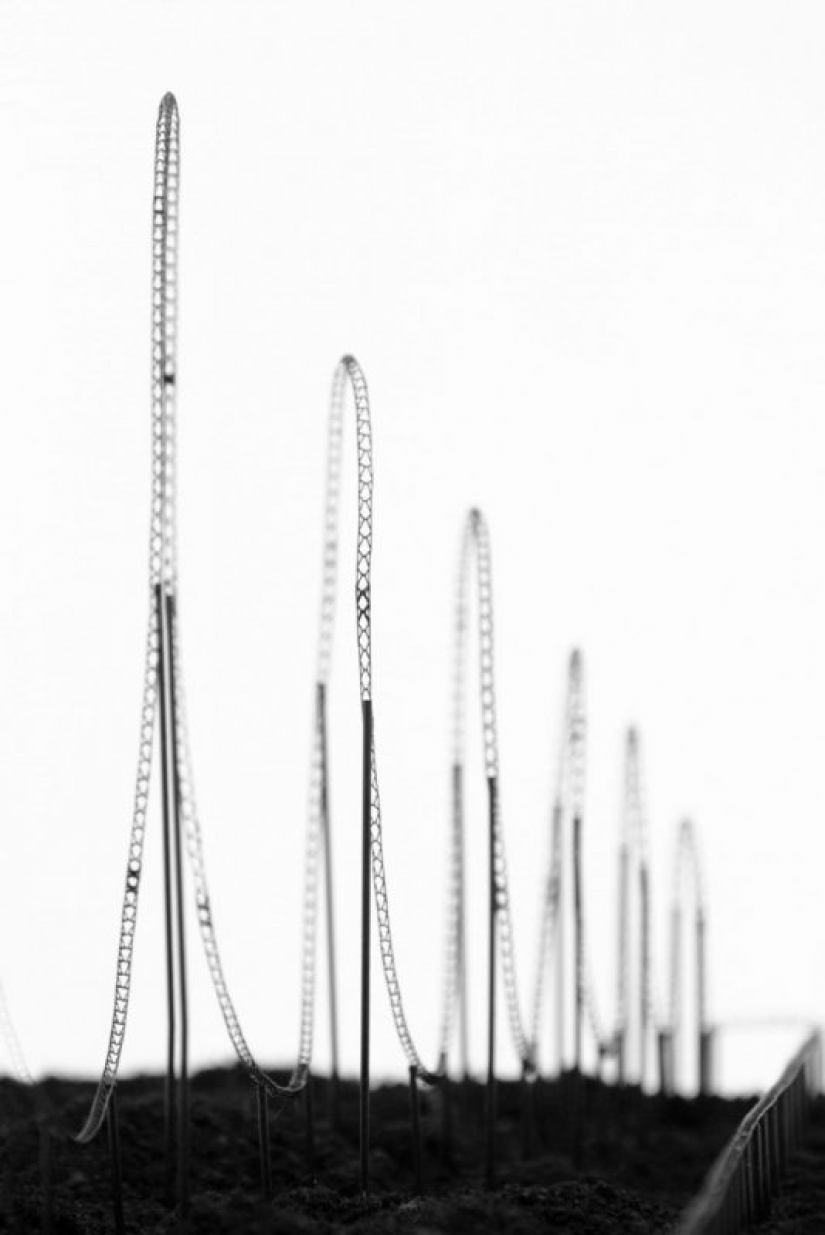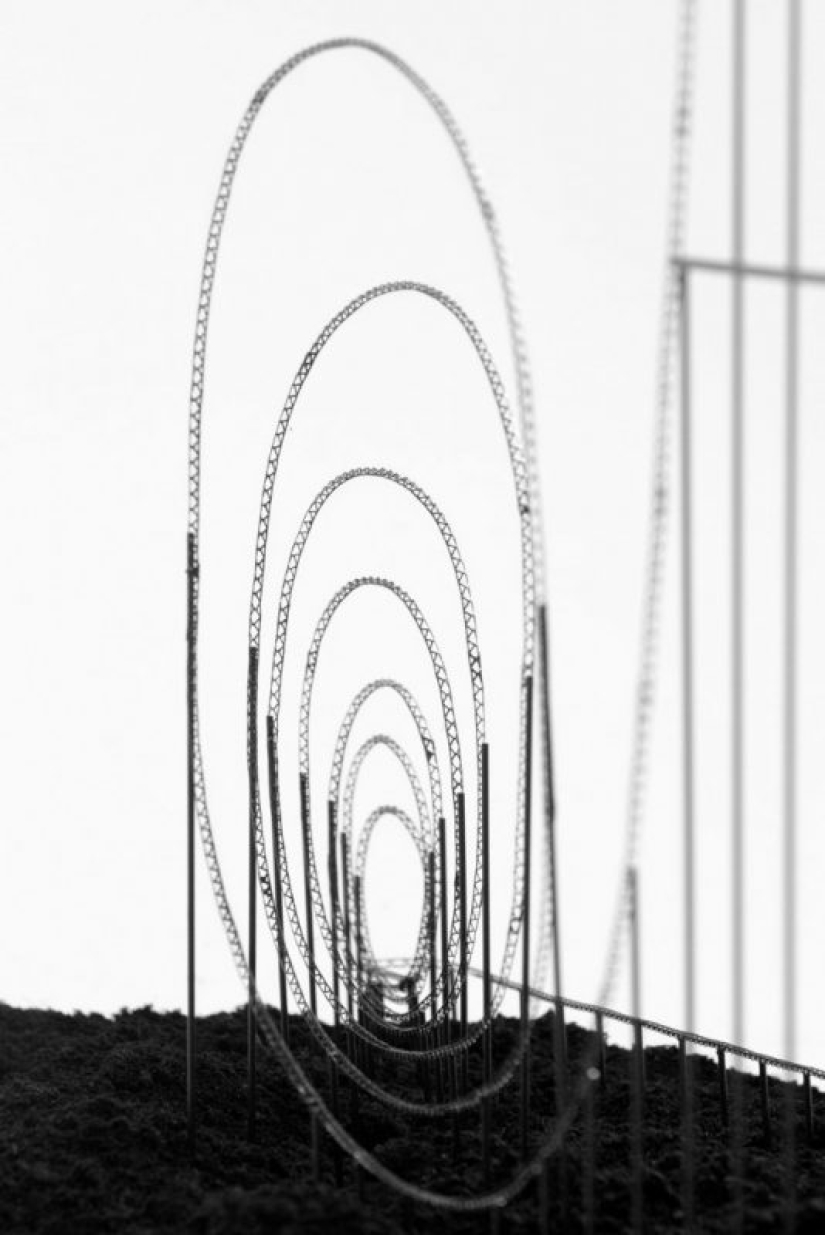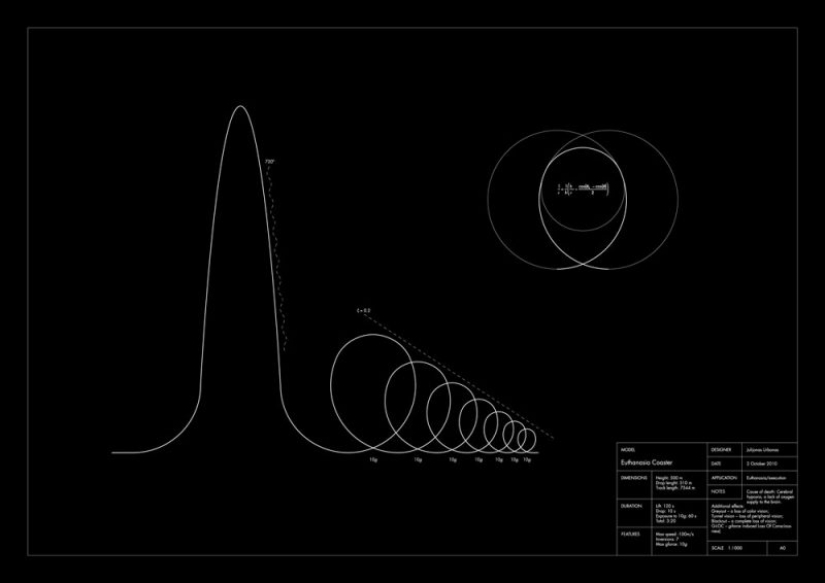Train to Hell: Lithuanian scientist's "death attraction" outraged the public
Categories: Europe | Science | World
By Pictolic https://pictolic.com/article/train-to-hell-lithuanian-scientists-death-attraction-outraged-the-public.htmlThere's something wrong with this world. For thousands of years of human history, a huge number of methods of deprivation of life have been invented, from the most humane and painless to horrifying in their cruelty. It would seem that the topic is sufficiently disclosed and it is possible to direct scientific thought to the search for cures for deadly diseases or the creation of a perpetual motion machine, but no — the best minds continue to persistently search for sophisticated methods of murder.

The method of killing, proposed by the Lithuanian philosopher Julionas Urbonas, can hardly be called simple and economical. To implement the project, it is necessary to develop a complex engineering project and perform large-scale construction and installation works. But, according to the author, his deadly attraction Euthanasia Coaster will allow "to take a person's life humanely, elegantly and with euphoria."

The device, invented by Urbonas, is a giant "roller coaster", the upper point of which is located at an altitude of 500 meters.
A train of several small cars, capable of accommodating up to 24 people, rises 2 minutes to the start of the deadly route. At this time, passengers have the opportunity to change their minds and simply enjoy the incredible views from a bird's-eye view, return to earth.

The computer model of Euthanasia Coaster, if customers are firm in their intention to take their own lives, the train begins to move down the rails from a half-kilometer height, inexorably gaining speed.
At the bottom, moving at a speed of 260 km / h, the train enters in turn into a series of 7 "dead loops", the radius of which is gradually decreasing.
During the passage of the loops, everyone who is in the cars has a 10g overload for 60 seconds, which is considered certainly fatal for a person. After passing the last loop, the train with dead passengers makes a right turn and returns to the beginning of the journey, where corpses are unloaded from it and new people who want to ride are loaded.

Three-dimensional model of Euthanasia Coastercentric forces of great importance cause circulatory disorders, blood outflow from the brain, loss of consciousness and imminent death.
The inventor believes that this method of passing away is one of the most humane, since a person dies in an unconscious state, without suffering torment and without realizing his death.

This is what a series of deadly Petellionas looks like, living in the UK, is a doctor of philosophy at the Royal College of Art in London.
The deadly attraction is only part of his scientific work, which is called "Gravitational Aesthetics". According to Urbonas, the passengers of his Euthanasia Coaster are waiting for an aesthetic exquisite death, accompanied by incredible sensations.
The scientist, who took the development of the attraction very seriously, convinces that on the way to death, which will take no more than three minutes, the suicide bomber will have tunnel vision, breathtaking delight, deadly horror and in the end — gradual loss of consciousness and death.
Video presentation of the "death attraction"
But public organizations do not share the optimistic sentiments of Julionas. The equipment immediately received the name "train to hell" and a huge amount of criticism. Not only opponents of the death penalty and euthanasia, but also their supporters opposed it. Experts believe that this method of death is not humane, as it is accompanied by a sense of horror and, possibly, physical suffering.

One of the sheets is designed by Dr. Urbonas and does not insist on the implementation of his project, which is just part of his scientific work on the aesthetics of the forces of gravity.
Developed back in 2010, Euthanasia Coaster has become another unique theoretical development in which philosophy, physics and medicine are closely intertwined.
Keywords: Attraction | Engineer | Death | Philosophy | Euthanasia
Post News ArticleRecent articles

Gerard Uferas is one of the most renowned and vibrant contemporary French photographers. His talent is multifaceted, but Uferas is ...

In 1969, a healthy food restaurant opened on the Sunset Strip in Los Angeles-one of the first in the country, and possibly in the ...
Related articles

In the 90s, The Viper Room nightclub was a favorite place of entertainment for many stars. In 1993, it was created by Johnny Depp ...

Well-known personalities often led a peripatetic lifestyle, so most of the time spend on the road. Live they have at hotels far ...

This case is very important in the history of medicine — not only because of the sad fate of the boy David Phillip Vetter, but ...

Colin and Kristin Poole are an amazing creative family. Colin is a world-renowned artist, and his wife Kristin is a wonderful ...